CEO-Level Strategies for Confident Negotiation
Small Business OS: Learn how to take your negotiation skills to the next level by mastering several tactics and styles that can transform deals.
Most people assume great negotiators are forceful, the kind who talk fast, push hard, and dominate the room. But the strongest negotiators we’ve seen show up with calm, not control. There’s one deal in particular we remember, where a founder tried to steer the conversation by being overly aggressive. The buyer didn’t push back. Instead, they just stopped engaging, and the deal quietly died.
Strong negotiation comes from preparation, presence, and a clear understanding of what matters. These are learned skills, not personality traits. With the right tools, any business leader can step into the room with confidence that holds.
Let’s dive into a play-by-play of how to negotiate like a CEO.
Table of Contents
The CEO Mindset: Negotiation is a Strategic Conversation
The 4 Phases Framework
BATNA: Know When to Walk Away
The Negotiation Matrix: Adapt Your Strategy to Fit the Stakes
Principled Negotiation: Focus on Interests, Not Positions
ZOPA: Find the Overlap That Makes Deals Happen
The CEO Playbook: Putting It All Together
Concluding Thoughts
1. The CEO Mindset: Negotiation is a Strategic Conversation
Seasoned leaders don’t treat negotiation as a contest. They see it as a structured conversation, an opportunity to align priorities, build trust, and unlock value. That shift in mindset changes everything.
Three traits guide this approach: clarity, calm, and curiosity. Clarity means entering the room with a firm grasp of your goals, limits, and what a great outcome looks like. Calm allows you to hold steady when pressure rises, creating space for better decisions. Curiosity invites you to understand what the other side truly needs, often revealing solutions no one had considered.
When negotiations are framed as collaborative, not confrontational, the dynamic shifts. Conversations become more open, options more creative, and outcomes more durable.
A mutual-gain approach has been shown to lead to more sustainable deals, especially in high-trust environments. Likewise, when leaders emphasize trust over tactics, they’re more likely to build relationships that compound over time, both financially and operationally.
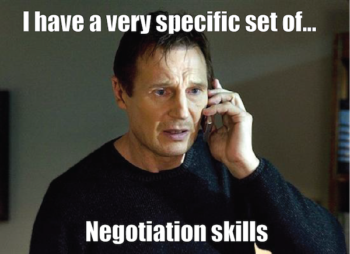
This mindset sets the foundation. Every negotiation framework and every tactical move depends on how you choose to approach the conversation. Start with the right frame, and the rest follows.
2. The 4 Phases Framework
One of the most common mistakes in high-stakes negotiation is skipping straight to bargaining. The conversation starts, numbers get thrown around, and suddenly, both sides are reacting instead of thinking.
Any seasoned leader or CEO doesn’t fall into that trap. They follow a clear, four-phase structure that brings order to the chaos and improves outcomes across the board.
1. Preparation
Every strong negotiation begins long before the first call. This phase is where you define your goals, understand your walk-away point (your BATNA), map out potential scenarios, and research the other party’s likely motivations.
Use this time to pressure-test assumptions, align with internal stakeholders, and plan the conversation, not just the outcome. The stronger the prep, the more flexible you can be in the moment.
2. Information Exchange
This is where most of the value is found, yet it’s often rushed. Top negotiators use this phase to listen carefully, ask open-ended questions, and surface priorities on both sides. The goal isn’t to argue your case yet.
It’s to understand what matters to the other party, and to share what matters to you, in a way that builds trust and transparency. This is where rapport is built and opportunities start to reveal themselves.
3. Bargaining
Only after there’s clarity and alignment on interests does the bargaining begin. Here, a CEO may negotiate terms across multiple dimensions, not just price, but structure, timelines, deliverables, upside, and downside protection. Because the groundwork was done earlier, bargaining becomes more strategic and less reactive. Concessions are intentional, not improvisational.
4. Commitment
This is where intent becomes action. The key is to confirm agreements in precise, unambiguous terms and ensure both sides are aligned on next steps. Executives treat this phase seriously because the cost of vague commitments is high. Whether it’s a term sheet, contract, or handshake agreement, clarity at this stage prevents misalignment down the road.
Following this structure builds discipline into the process. It reduces friction, earns credibility, and keeps both sides moving toward a durable, value-aligned outcome. The negotiation may be dynamic, but the framework should remain steady.
3. BATNA: Know When to Walk Away
The strongest negotiators aren’t the ones who push hardest, they’re the ones who know when to walk away. That’s where BATNA comes in.
Your Best Alternative to a Negotiated Agreement, or BATNA, is the course of action you’ll take if the current deal falls through. It’s your fallback, not your ideal outcome, but your safety net. And in many negotiations, it becomes your quiet source of power.
A well-defined BATNA helps you stay grounded. If the conversation stalls or the other party pushes too hard, you’re not negotiating from fear. You’re negotiating from clarity. Without that clarity, it’s easy to make emotional decisions or accept unfavorable terms just to keep the deal alive.
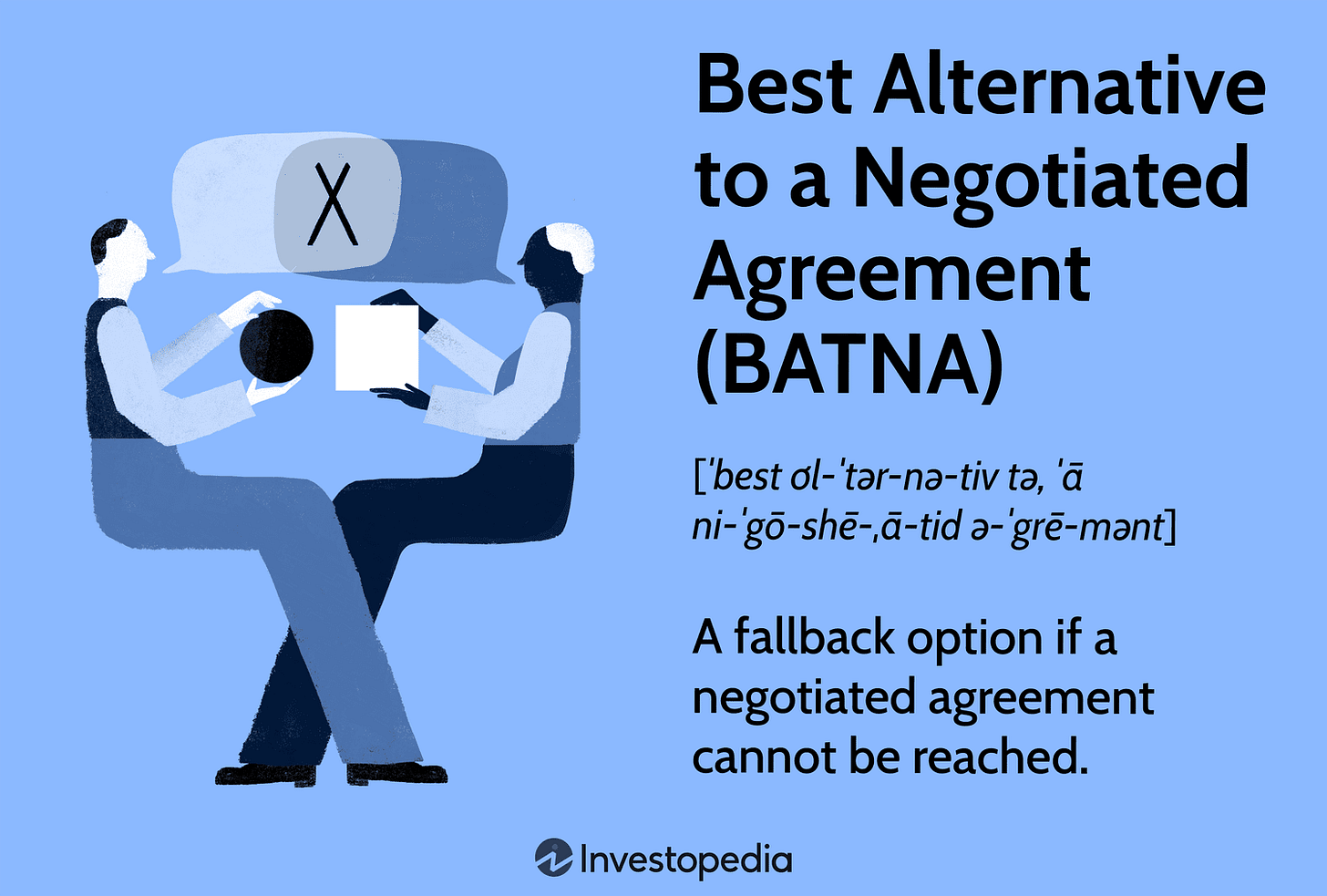
Before you step into any negotiation, outline your BATNA. Ask yourself:
What’s my alternative if this doesn’t work out?
Can I improve that alternative before the negotiation begins?
Do I understand the other side’s likely BATNA?
Doing this upfront shifts your posture. It anchors your bottom line, guides your expectations, and gives you real leverage, because you're not relying on the deal, you're choosing it.
4. The Negotiation Matrix: Adapt Your Strategy to Fit the Stakes
There’s no one-size-fits-all approach to negotiation. Smart leaders know how to read the room, assess the dynamics, and adapt their strategy accordingly. That’s where the Negotiation Matrix comes in.
This framework plots negotiation strategies along two key axes - the importance of the outcome and the importance of the relationship. Based on where a particular negotiation falls, there are five core styles to choose from, each suited to different situations.
1. Compete
Use when the outcome matters more than the relationship. This is the classic win-lose approach - assertive, outcome-focused, and sometimes aggressive. It can work in transactional scenarios like bidding for a fixed asset, but it’s high-risk if the relationship has ongoing value. This style is best deployed with precision.
2. Collaborate
Ideal when both the outcome and the relationship matter. Collaboration means working with the other side to find creative, mutually beneficial solutions. This approach takes more time and trust, but it often yields the best long-term value. Think strategic partnerships, co-founder discussions, or M&A deals where integration matters.
3. Avoid
Use this style when neither the relationship nor the outcome is critical. Sometimes, walking away or choosing not to engage at all is the best move. This might apply to minor vendor issues, non-essential contracts, or timing mismatches where a better opportunity may arise later.
4. Accommodate
This style is appropriate when preserving the relationship is more important than the outcome. You intentionally yield on your own position to strengthen trust or goodwill. CEOs might use this approach with key clients or long-standing partners, especially when the cost of concession is low but the relationship is high value.
5. Compromise
Use when there’s moderate importance on both sides. This middle-ground strategy involves splitting the differences to find a workable solution. It’s fast and often pragmatic, but it usually delivers less value than collaboration, and should be a fallback, not a default.
The real skill lies in calibrating your style to the context. A seasoned CEO knows when to switch from collaboration to competition, or when to avoid entirely, based on what’s at stake and what’s sustainable in the long term.
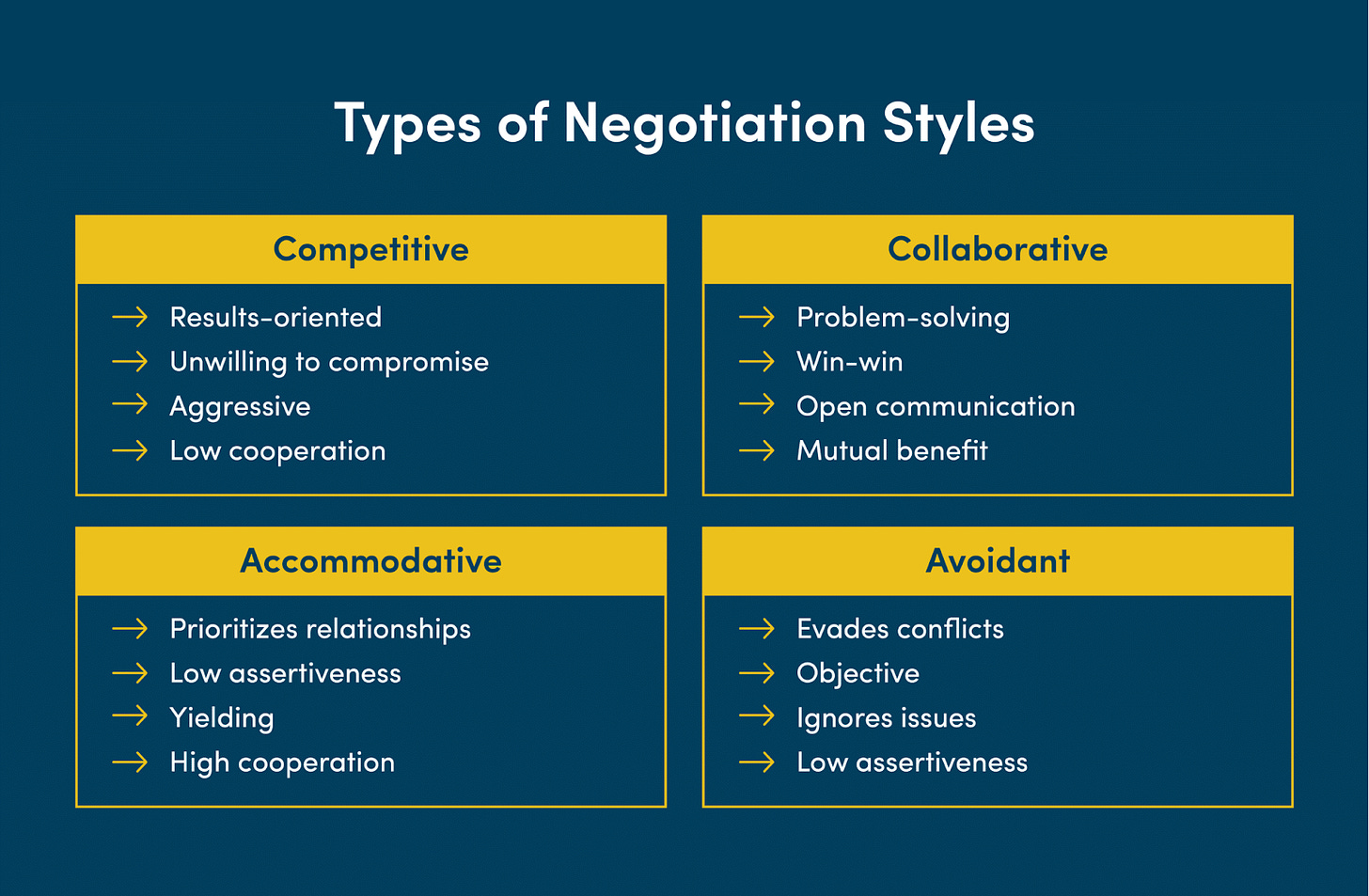
5. Principled Negotiation: Focus on Interests, Not Positions
At the heart of every successful negotiation is one simple truth - the real conversation isn’t about what each side says they want. It’s about why they want it.
Harvard’s principled negotiation framework encourages leaders to move beyond surface-level positions like “we need a 10% discount” or “we won’t go below $5 million,” and dig into the underlying interests driving those demands. When you understand the why, you unlock options that serve both sides more effectively.
This approach rests on four core principles:
Principle #1: Separate the people from the problem.
Negotiation gets emotional, especially when pride, fear, or legacy are on the line. Principled negotiation keeps relationships intact by addressing issues without making them personal.
Principle #2: Focus on interests, not positions.
Positions are rigid. Interests are flexible. For example, a partner asking for more equity may actually be seeking recognition, influence, or security. By understanding the interest, not just the ask, you can propose alternatives that work for both sides.
Principle #3: Invent options for mutual gain.
Most negotiations aren’t zero-sum. Brainstorming multiple paths to success opens room for creative deal-making. CEOs often find that by adding new variables to the table, such as timing, structure, and responsibilities, they can satisfy more interests without giving up core values.
Principle #4: Use objective criteria.
Base decisions on data, benchmarks, or shared standards like market comps or industry norms rather than willpower or hierarchy. It keeps the process fair and helps both sides justify the outcome.
This method doesn’t just lead to better deals, it creates agreements that are more likely to stick. Because when people feel heard and respected, they’re more likely to commit.
6. ZOPA: Find the Overlap That Makes Deals Happen
Every successful deal lives in a narrow band between what you’re willing to accept and what the other side is willing to offer. That space is called the Zone of Possible Agreement, or ZOPA, and it’s where the real work of negotiation happens.
ZOPA represents the range in which both parties’ interests align. If your walk-away price to sell is $10 million, and the buyer won’t go above $8 million, you’re outside the zone. But if they’re willing to stretch to $11 million and you’d settle for $9 million, you have overlap, and therefore, the potential for a deal.

Identifying the ZOPA requires two things:
Knowing your limits (via your BATNA and reservation point)
Estimating theirs, through careful listening and smart discovery questions
This isn’t just about numbers. ZOPA applies to deal structure, roles, timelines, and more. The earlier you understand whether there’s real overlap, the faster you can focus your energy, or move on if the deal simply isn’t workable.
Mapping the ZOPA also prevents avoidable friction. You don’t waste cycles bargaining outside the realm of possibility. Instead, you concentrate on how to shape terms that land within that viable range.
7. The CEO Playbook: Putting It All Together
As you can see, great negotiators aren’t just winging it, they’re following a process. The frameworks you’ve seen so far - BATNA, ZOPA, the 4 phases, negotiation styles, principled negotiation - they’re not theory for the bookshelf. They’re tools for execution. And CEOs who negotiate well don’t treat these tools as one-offs. They build systems around them.
They prepare thoroughly before the conversation starts. They slow the pace to gather context and read the room. They use curiosity to surface hidden interests, then trade strategically to create value. And they check each potential deal against their BATNA and the ZOPA to stay anchored in reality.
Just as important, they debrief. After every high-stakes conversation, they ask - What worked? Where did we compromise too early? Did we follow the structure or skip steps? Over time, this turns negotiation from a high-wire act into a habit, with pattern recognition, judgment, and calm getting sharper each time.
Negotiation at the CEO level is a skill. It’s built through reps, reflection, and rigor. And once mastered, it becomes a leadership advantage that compounds across every deal, hire, raise, and decision.
8. Concluding Thoughts
You don’t need to master every framework overnight. Start with one.
Pick a negotiation you have coming up (a vendor conversation, a funding discussion, a team realignment) and apply just one idea from this playbook. Maybe it’s defining your BATNA in advance. Maybe it’s slowing down to separate information exchange from bargaining. Maybe it’s shifting your style from competing to collaborating.
Whichever you choose, approach it with clarity, calm, and curiosity. That’s how the best CEOs operate at the table, and how you start turning negotiation from a moment of pressure into a moment of leadership.



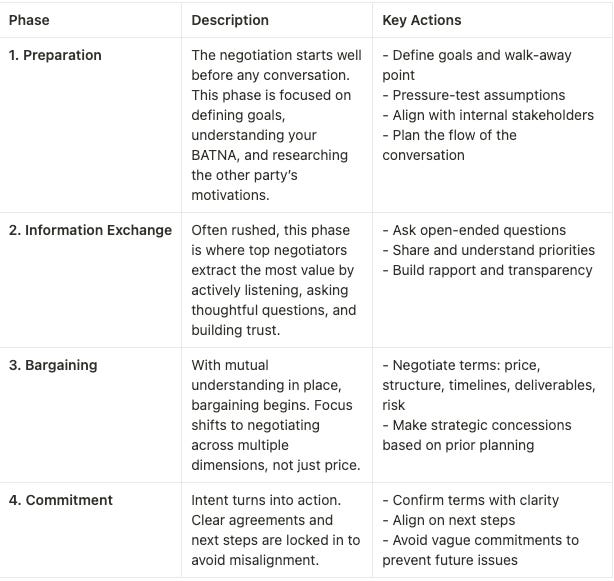
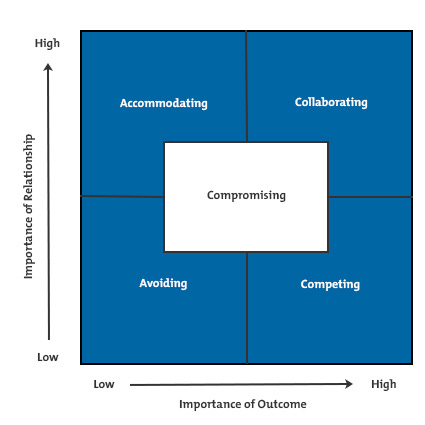
This is a sharp, well-structured take on negotiation - especially the emphasis on clarity, calm, and curiosity over brute force. After nearly 40 years as a trial lawyer and negotiator, I can say with confidence that the strongest deals are rarely won through confrontation. They're built through preparation, empathy, and knowing when to walk away.
BTW: If you're interested in how these principles play out in real-world deals, I explore them through story - not theory - on the Station 4 Negotiation podcast. No gimmicks, just hard-earned lessons from the negotiating table. Would love to hear your thoughts.
Super helpful!